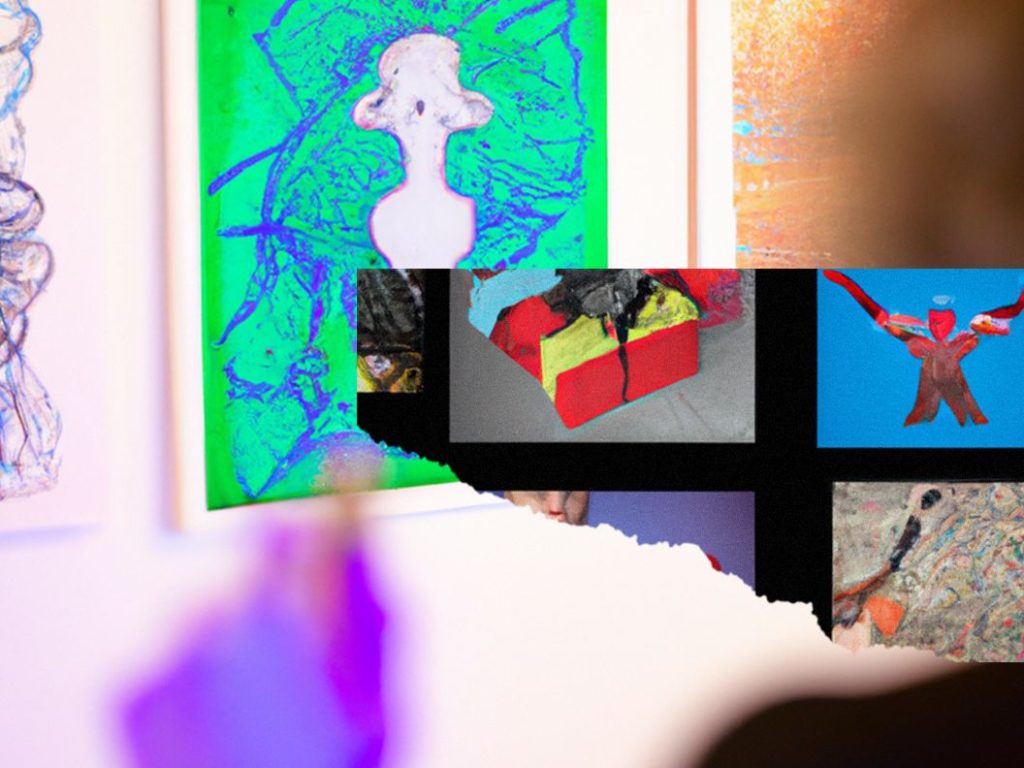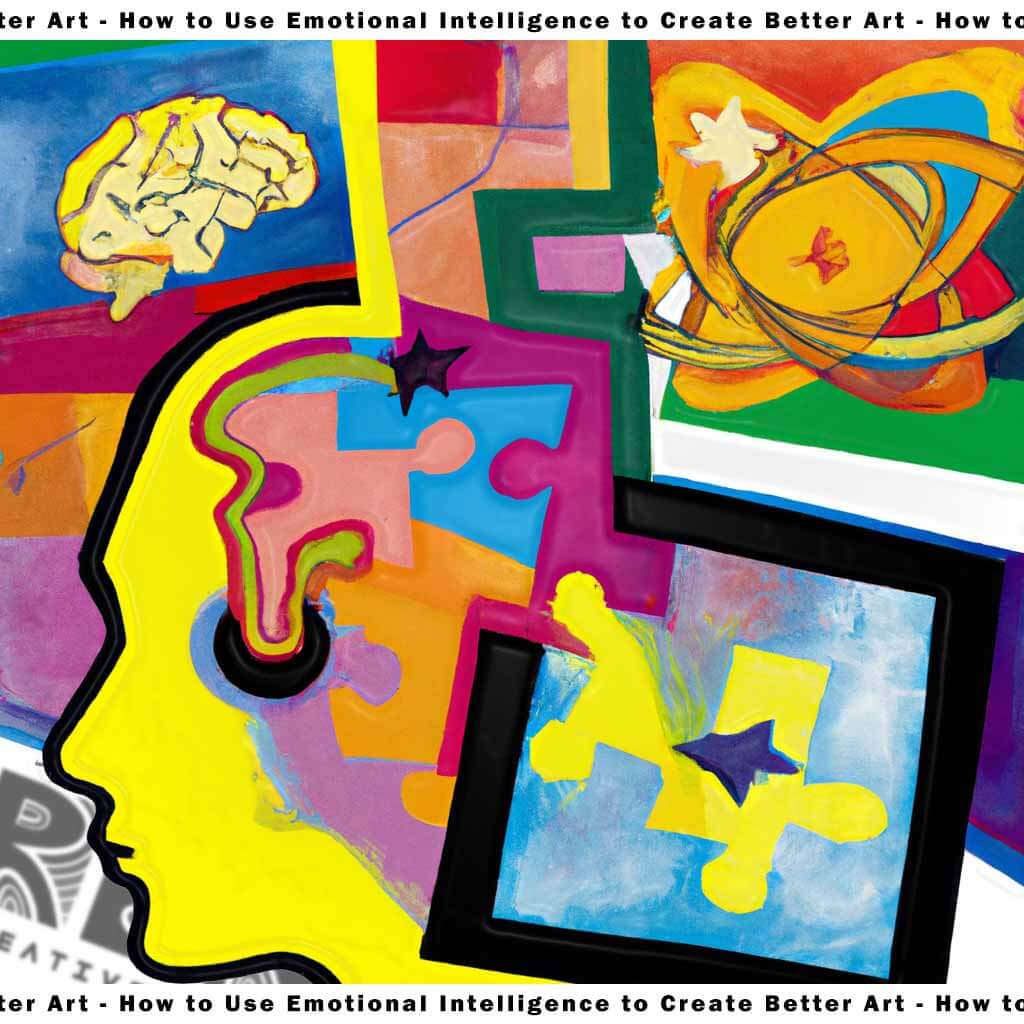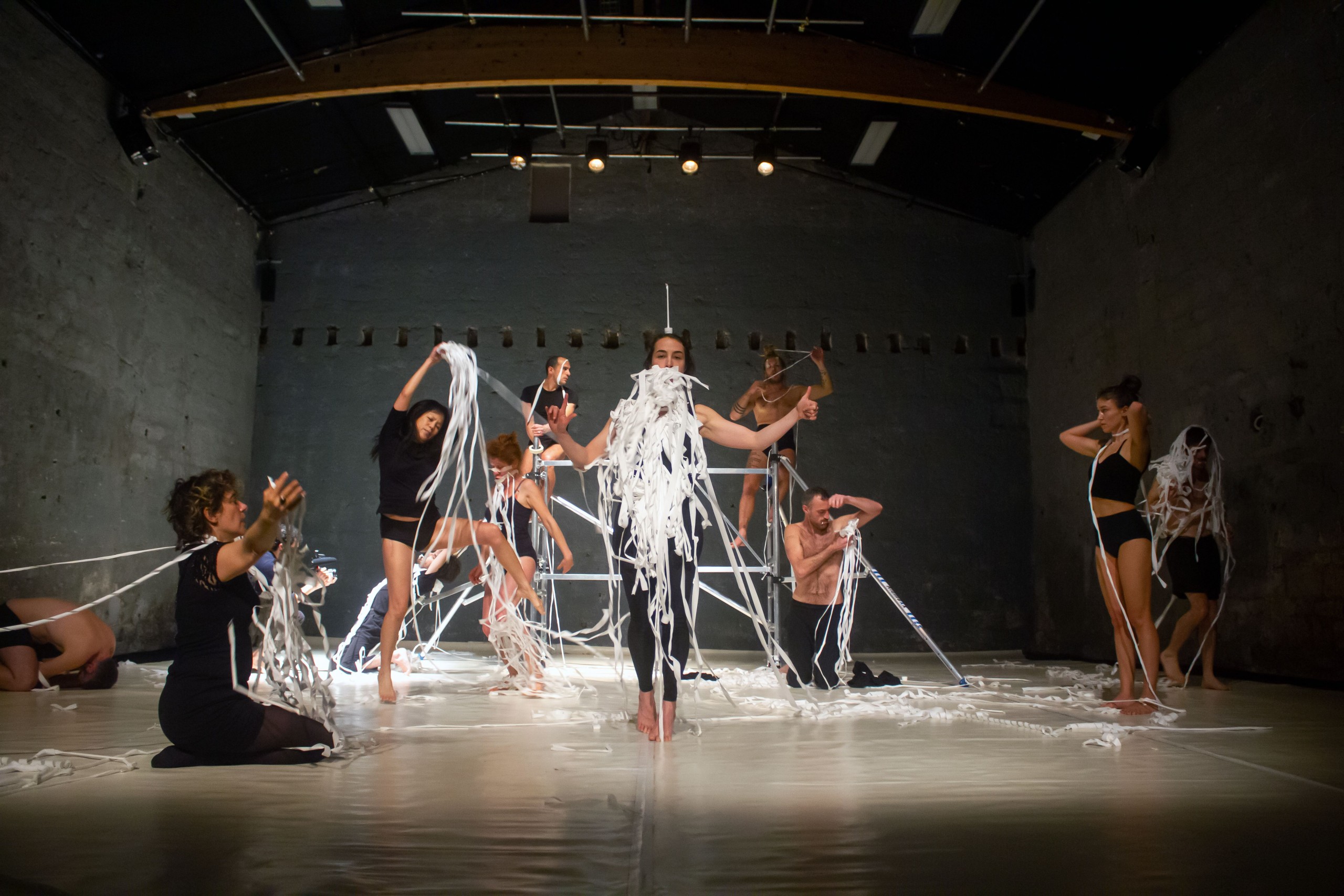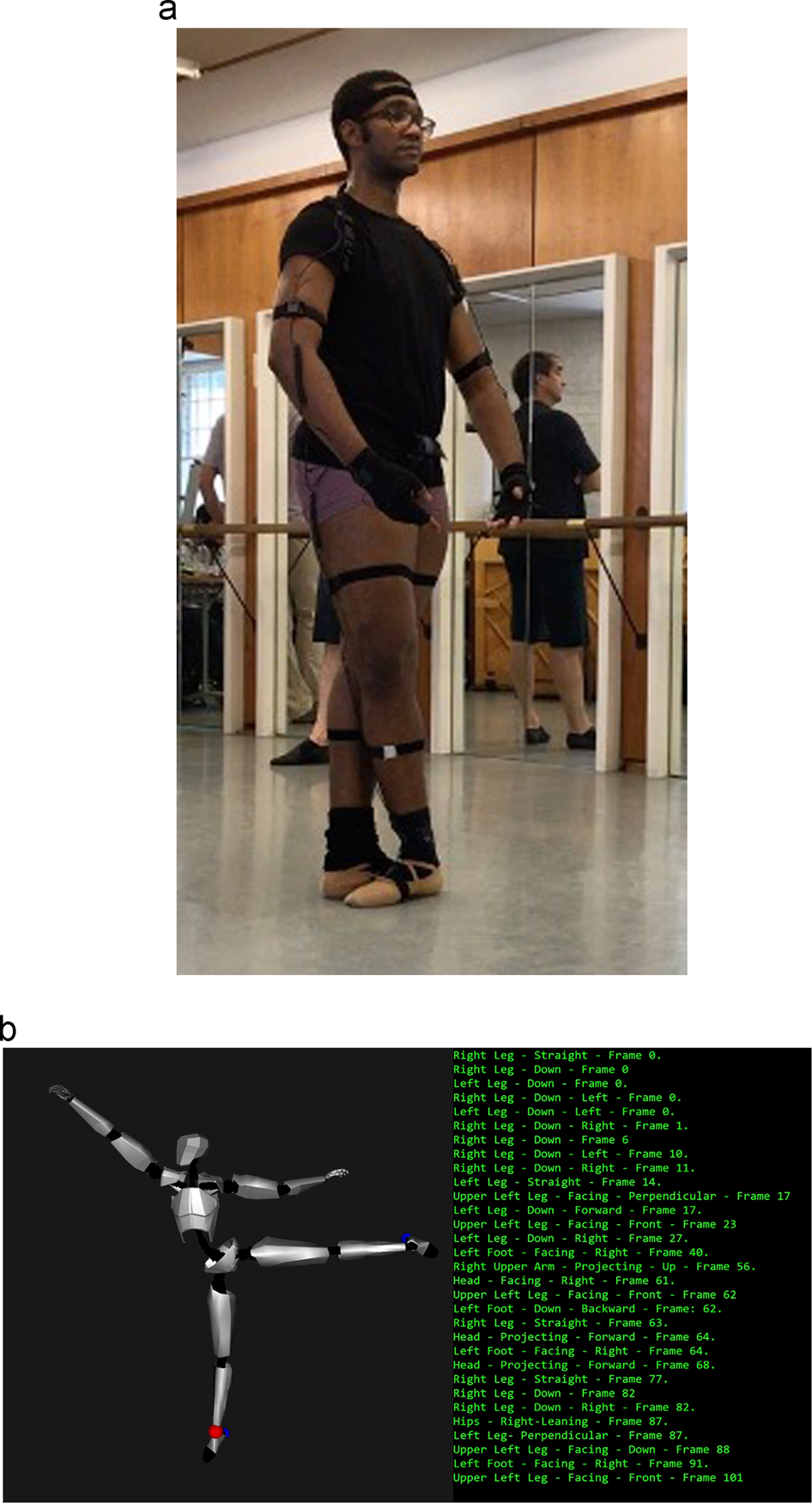The Power of Digital Art: How Technology is Transforming Creative Expression

Technological Innovations and Artistic Transformation
As we navigate the rapid pace of technological advances, it is clear that the art world is experiencing a significant shift driven by digital innovation. Digital art is emerging as a formidable force that not only redefines artistic expression but also influences how audiences perceive and engage with art. This transformation is multidimensional, affecting artists’ creative processes and the broader cultural landscape.
Enhanced Accessibility for Artists
The transition to digital platforms has democratized art in unprecedented ways. Thanks to technology, both aspiring and established artists possess the ability to showcase their work globally, reaching audiences who would have been out of reach in traditional art spaces. For instance, platforms like Behance and ArtStation allow artists to exhibit their portfolios online, gaining exposure and recognition without the need for physical galleries. This accessibility not only empowers creators but also fosters a more diverse art community, reflecting a vast array of cultural perspectives.
Diverse Mediums and Artistic Experimentation
Digital art encompasses a wide spectrum of mediums, ranging from intricate digital painting to complex 3D modeling, and even generative art using algorithms. Each medium offers unique possibilities for innovation. For example, artists like Beeple have gained fame for their innovative use of digital tools to create visually stunning animated pieces that blur the lines between traditional art and technology. The integration of tools such as Adobe Creative Cloud and ZBrush enables artists to push the creative boundaries well beyond what was previously imaginable.
Global Collaboration and Real-Time Interaction
Collaboration has taken on a new meaning in the digital realm. Artists can now connect, share ideas, and create together in real-time, transcending geographical barriers. Online workshops and virtual meetups make it easier to collaborate with artists around the world, leading to culturally rich and diverse collective works. Additionally, platforms like Miro provide digital canvases for multiple users to contribute simultaneously, enhancing creative synergy among participants.
Immersive Experiences Through Technology
The introduction of interactive features such as virtual reality (VR) and augmented reality (AR) has redefined viewer engagement. For example, museums are utilizing AR technology to enhance their exhibits, allowing visitors to interact with art in ways that were previously impossible. This immersiveness fosters a deeper connection between the audience and the artwork, transforming the typical viewing experience into a participatory adventure.

The Booming Digital Art Market
The economic impact of digital art cannot be overlooked, with the market witnessing explosive growth. In recent years, digital artworks, particularly non-fungible tokens (NFTs), have made headlines with sales reaching into the millions. For instance, a digital collage by artist Beeple sold for an astonishing $69 million, highlighting the potential profitability of digital creativity. As more collectors and investors enter the market, understanding the implications of this growth becomes essential.
Challenges of Originality and Authenticity
While the rise of digital art creates exciting new opportunities, it also raises critical questions about originality and authenticity. Can a digital reproduction ever possess the same value as a tangible piece of art? How can artists protect their work in an environment where copying is all too easy? These challenges invite ongoing discussions among creators, collectors, and critics alike, as the art world grapples with its evolving nature in the digital age.
In conclusion, the intersection of technology and art presents a complex landscape filled with potential and challenges. As digital art continues to evolve, it will undoubtedly shape the future of creativity, prompting us to rethink how we engage with art and its myriad forms.
DISCOVER MORE: Click here to learn about the vital role of manual skills in creativity
The Evolution of Artistic Tools
The emergence of digital tools has fundamentally transformed how artists conceptualize and execute their works. Programs such as Procreate for iPad and Clip Studio Paint for various devices have provided artists with unique features that enhance their creative process. These tools offer a myriad of brushes, textures, and layers that simulate traditional artistic methods while also introducing entirely new techniques that cannot be replicated through physical media. The shift to digital creation means that artists no longer have to be constrained to physical canvases, and instead, they can explore limitless possibilities in a virtual environment.
Innovation through Software Advances
Software advancements play a pivotal role in elevating digital art from mere experimentation to a respected form of artistic expression. With features like machine learning algorithms, artists can generate complex patterns and images that were not feasible in traditional settings. For example, tools powered by artificial intelligence, such as DeepArt and RunwayML, enable artists to enhance their work with a blend of creativity and technology. This blending fosters a new genre of art where both the artist’s vision and the machine’s capabilities coalesce to create stunning visual narratives.
The Rise of Community Engagement and Learning
The advent of social media platforms, such as Instagram and TikTok, has further transformed the landscape of digital art by nurturing community engagement. Artists can now share their creative journeys through tutorials and process videos, breaking down barriers traditionally associated with entry into the art world. This accessibility to information democratizes artistic knowledge and encourages new artists to explore their potentials. A few key points illustrate this trend:
- Online Workshops: Websites like Skillshare and Udemy offer courses taught by successful digital artists.
- Art Challenges: Events like Inktober encourage artists of all skill levels to participate and showcase their work online.
- Feedback Forums: Platforms such as DeviantArt allow artists to receive constructive criticism and support from their peers.
The Impact of Game Design and Animation
Another aspect of how technology is transforming creative expression is through the realms of game design and animation. The skills acquired in these fields have begun to intersect with traditional art practice, inspiring a new generation of artists who are venturing into virtual and augmented realities. Artists can create immersive worlds that not only tell a story but also engage the audience in dynamic experiences. As technology continues to advance, the potential for storytelling via digital art grows exponentially. Artists now have the capability to design interactive installations and animations that invite viewers to become active participants in the narrative.
As the digital art landscape continues to evolve, it becomes clear that artists have not only adapted to the changes but have also embraced the infinite creative possibilities that technology offers. This evolution not only enhances the artistic process but also transforms how audiences experience and connect with art. In the following sections, we will delve deeper into how the digital art market is reshaping the economic considerations for artists and collectors alike, and further explore the implications of originality in this new digital era.
The Transformative Impact of Technology on Digital Art
The rise of digital art is undoubtedly reshaping the landscape of creativity. As technology advances, artists now have access to a plethora of tools and resources that were previously unimaginable. Software applications like Adobe Creative Suite, Procreate, and Blender enable artists to create intricate designs and animations with remarkable ease and precision. These tools allow for a new level of experimentation, encouraging artists to push the boundaries of their imagination.Moreover, the accessibility of digital platforms has democratized art. Anyone with a smartphone or tablet can create and share their work with a global audience instantly. This shift is not only empowering budding artists but also fostering a significant increase in diverse artistic voices. Through social media platforms like Instagram and TikTok, artists can engage with their audience directly, receiving feedback and building a community around their work.Another significant advantage lies in the conservation of traditional mediums. Digital art opens new avenues for preservation, ensuring that art can be easily replicated and shared without the physical deterioration that can affect classic artwork. Additionally, technological innovations like augmented reality (AR) and virtual reality (VR) are redefining viewer experiences. They allow audiences to interact with art pieces in immersive ways that were once limited to physical installations.The intersection of art and technology has also birthed entirely new genres, such as generative art and algorithmic compositions. Artists can now collaborate with artificial intelligence to produce unique pieces that challenge conventional perceptions of creativity. This dynamic collaboration between human creativity and machine learning extends beyond mere output; it raises questions about authorship and the very essence of creativity itself.With these advancements, the dialogue surrounding art is evolving as artists navigate both traditional concepts and modern methodologies. As the digital landscape continues to expand, it is evident that the future of art will be interwoven with technology, leading to unprecedented forms of expression.
| Advantages of Digital Art | Impact on Creative Expression |
|---|---|
| Accessibility | Digital tools and platforms allow artists of all backgrounds to create and share their work globally. |
| Innovation | Technological advancements foster genres like generative art, pushing traditional boundaries of creativity. |
DIVE DEEPER: Click here to discover the art of gardening
The Economic Landscape of Digital Art
As digital art solidifies its presence in contemporary culture, it is crucial to examine how technology is shaping the economic landscape of creative expression. The rise of platforms such as ArtStation, Behance, and Saatchi Art has opened up lucrative opportunities for artists to monetize their work. Through online galleries and marketplaces, artists can reach a global audience without traditional barriers, such as gallery partnerships or physical exhibitions. This accessibility is not only empowering for artists but also presents new opportunities for art collectors and enthusiasts.
The Emergence of NFTs
One of the most significant innovations in the digital art space has been the advent of non-fungible tokens (NFTs). NFTs have revolutionized how digital art is bought, sold, and owned by creating verifiable ownership on blockchain technology. Artists can tokenize their work, allowing them to sell digital pieces with a provenance that supports their authenticity. High-profile sales, such as Beeple’s digital collage “Everydays: The First 5000 Days,” which fetched a staggering $69 million at a Christie’s auction, highlight the demand and market potential for digital art.
This new market structure is challenging traditional conceptions of ownership, value, and originality in art. It raises pertinent questions regarding copyright, reproduction, and the role of the artist in the age of digital reproduction. As collectors invest in these unique digital assets, it’s vital to consider how artists can benefit from future sales through royalty arrangements coded into the NFTs. This not only provides artists with an ongoing revenue stream but also validates their contribution to the evolving digital art narrative.
Bridging the Gap Between Artists and Audiences
In a world where physical experiences are increasingly limited, digital art forms a bridge between artists and audiences, fostering new connections. Platforms like Twitch and YouTube allow artists to livestream their creative processes and engage with fans in real-time, transforming the way audiences interact with art. For instance, artists can host Q&A sessions, critique their work live, or demonstrate new techniques, creating an immersive experience that transcends the traditional viewing of art.
This interaction not only humanizes the artist but also builds a community around shared passions and interests. The increased accessibility to artist insight offers audiences a deeper understanding of the creative process, enriching their appreciation for digital art. Furthermore, this community engagement models a collaborative spirit, where artists can invite feedback and spur innovation through collective input.
The Influence of Marketing and Branding
Branding has taken on a new dimension in the digital art world. Artists are harnessing the power of social media to promote their brands, develop their online personas, and cultivate a dedicated following. Through strategic use of hashtags, digital portfolios, and engagement tactics, artists can position themselves in a competitive market. Additionally, influencer collaborations and social media marketing have become essential tools for artist visibility and success.
By establishing a strong online presence, artists can foster direct relationships with audiences, which is invaluable in building a sustainable career in digital art. Successful artists often share their journeys, showcasing not only the final products but also the ups and downs of their creative processes, which resonates with fans and consumers alike.
As we continue to navigate this exciting landscape, it is clear that technology is not merely facilitating artistic expression but is actively reshaping the economy of art, broadening accessibility, and forging deeper connections between creators and audiences. The next section will explore the implications of this transformation on the concepts of originality and creativity in the digital age.
DISCOVER MORE: Click here to dive into the world of nature photography
Conclusion: Embracing the Future of Digital Art
As we delve deeper into the world of digital art, it becomes evident that the intersection of technology and creativity is forging a new era of artistic expression. The transformations we have witnessed—from the proliferation of online marketplaces to the emergence of NFTs and the dynamic engagement through social media—signal a profound shift in how art is created, distributed, and consumed. These innovations not only empower artists by removing traditional barriers but also democratize the art world, allowing creatives of all backgrounds to showcase their work on a global stage.
Moreover, the rise of livestreaming platforms and interactive art experiences is redefining the relationship between artists and audiences. This unique engagement fosters community and collaboration, bringing forth a vibrant culture that thrives on shared creativity and collective feedback. As artists leverage sophisticated marketing strategies to build their brands, they harness the power of technology to cultivate dedicated followings and sustainable careers.
Yet, with these advancements come new challenges regarding authenticity, ownership, and copyright in the digital realm. As the art world navigates these complexities, it is essential for both creators and consumers to remain informed and adaptable. The power of digital art lies not only in its ability to push artistic boundaries but also in its capacity to stimulate critical conversations about the future of creativity in an increasingly digital society.
As we embrace this evolution, it is clear that digital art is not merely a trend; it represents a fundamental transformation of how we perceive and interact with art. To fully appreciate its potential, let us explore, support, and celebrate the artists who are pioneering this vibrant new landscape of creative expression.


